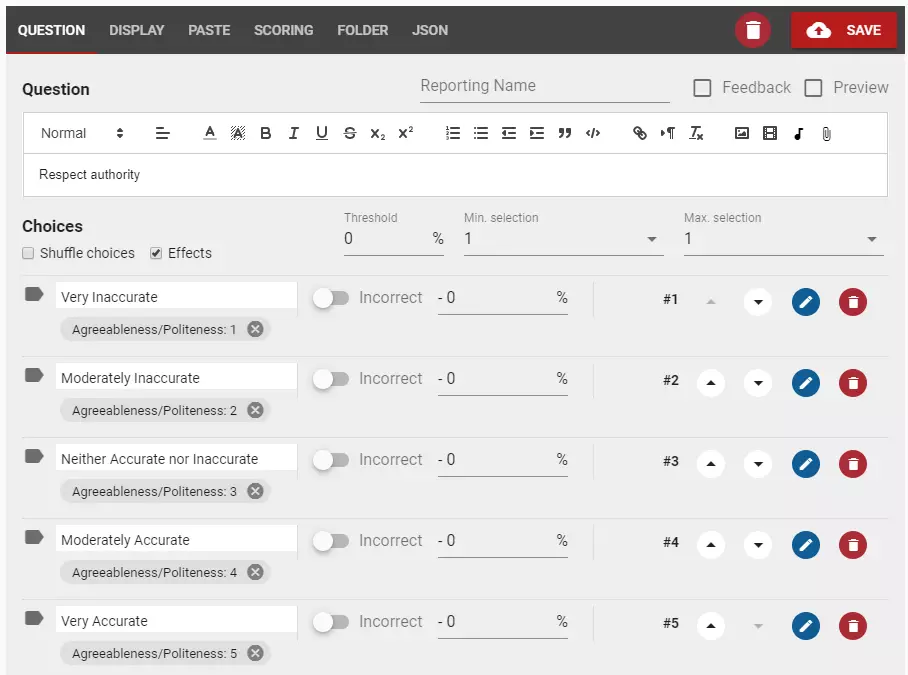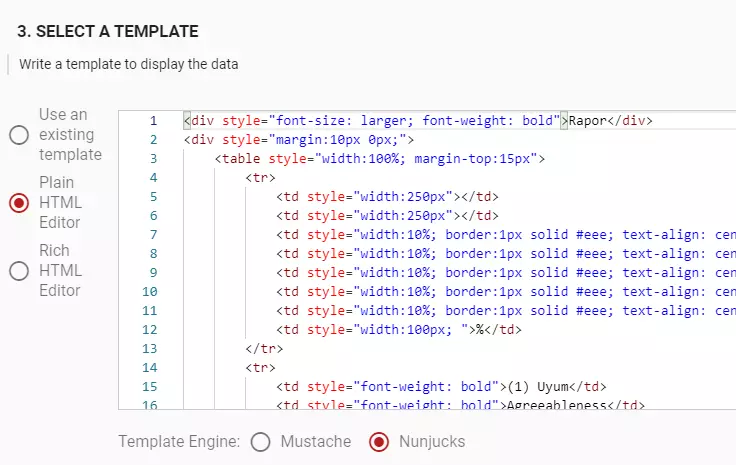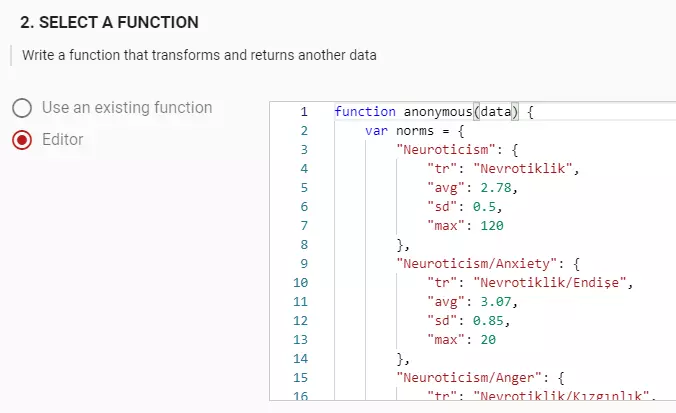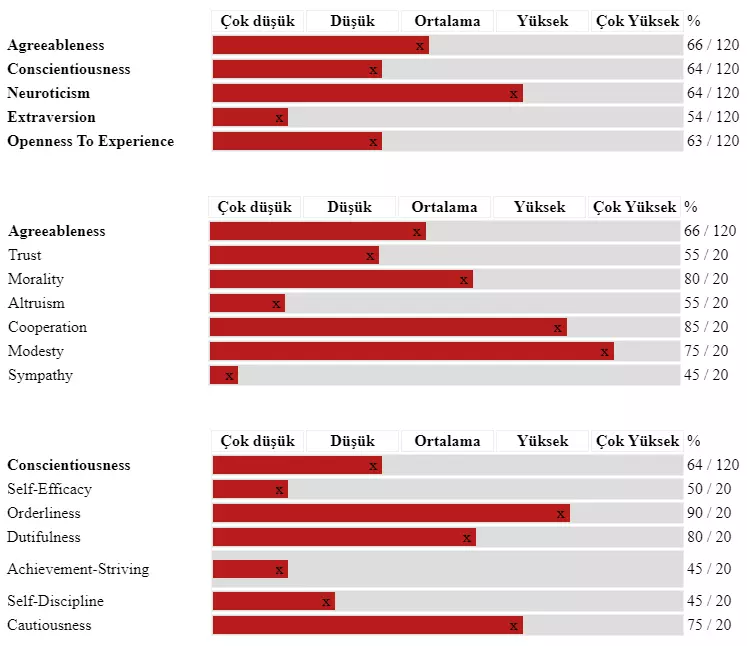All Resources
A personality test is a method of assessing human personality constructs (aka. personality trait dimensions, facets, factors, or aspects).
Personality assessment instruments are introspective self-report questionnaires which constitute of rating scales (a series of multiple choice questions). That is why personality inventories are classified as Subjective Tests. The output depends on the examination of one's own conscious thoughts and feelings - which is a subject’s self evaluation.
The first personality assessment measures were developed in the 1920s and were intended to ease the process of personnel selection (aka. Hiring, Recruitment), particularly in the armed forces. Since these early efforts, a wide variety of personality scales and questionnaires have been developed.
Today questionnaires have gained huge popularity across the globe in the area of personality assessment because of its ease of construction and administration, despite its serious limitations such as social desirable responses, judgmental errors, lack of adequate self-insight (or biased perceptions of others) and faking etc. (Faking is defined as deliberate provision of “inaccurate responses to personality items in a manner that they believe will increase their chances of obtaining valued outcomes, such as a favorable hiring decision”).
Estimates of how much the personality assessment industry in the US is worth range anywhere from $2 and $4 billion a year (as of 2013). Personality assessment is used in a wide range of contexts, including individual and relationship counseling, clinical psychology, forensic psychology, school psychology, career counseling, employment testing, occupational health and safety and customer relationship management.
A survey of 84 large organizations (with an average annual revenue of 45.7 billion dollars) found that
Personality testing is now the second most common pre-employment assessment practice. Further, 74% of US-based HR professionals believe that personality testing can be useful.
Most of the instruments used today such as Minnesota Multiphasic Personality Inventory (MMPI), The Sixteen Personality Factor Questionnaire (16PF), The Comrey Personality Scales, and Revised NEO Personality Inventory (NEO PIR) are based on the Big Five and Five Factor Model of personality.
A personality test is a self-report inventory which requires respondents to introspectively assess their own personality characteristics by indicating their level of agreement with each item. An item on a personality test, for example, might ask respondents to rate the degree to which they agree with the statement "Don't talk a lot" on a scale from 1 ("strongly disagree") to 5 ("strongly agree")

Unlike other kind of assessments (such as aptitude tests or language tests) questions in Personality Tests do not have a correct / incorrect answer. However;

So when the respondent answers a question, the scores of the traits that are assigned to the selected option are affected. When the respondent answers all the questions in the personality test, all traits will have their own scores calculated.

Even thought personality tests are scored by scoring respondent's answers for each trait, the scores for each trait do not say much about the respondent personality by itself. (Personality test scores are difficult to interpret in a direct sense). That's why the scores for each trait must be compared with the rest of the population who have already completed the personality test. This is where the norm group comes into play. Norms provide a comparative basis for interpreting a respondent's test scores. Common formats for these norms include percentile ranks, z scores, sten scores, and other forms of standardised scores. By using a norm group, the test administrator can gage how your traits (for example Extraversion) compares to the rest of the population.
To interpret individuals' scores, one might calculate the mean and standard deviation (SD) for a sample of persons, usually of the same sex and a particular age range, and interpret
If the scores are normally distributed, this would result in approximately
An alternative method for showing respondents where they stand with respect to a group of respondents is to divide a set of scores into five equal parts, which are called quintiles. Labels for the scale anchors describe the lowest 20% and highest 20%, the label "average" is used for the middle 20%, and the remaining quintiles are labeled "somewhat." For example, labels for the quintiles on a scale that ranges from introversion to extraversion would be introverted, somewhat introverted, average, somewhat extraverted, and extraverted.
Norm Groups are used to derive meaningful results given a set of trait scores. However when using personality tests or cultural fit assessments for any kind of selection process (employee selection, school selection, career selection etc..), using Norm Groups are not enough. Because it is not enough to know about the personality of the respondent, but also will you need to find out how much the personality fits into the position/job or organization's culture.
In order to derive such conclusions, benchmarks - for examples job specific benchmarks - that assess how good a fit a person's personality is for a given position should be created. The benchmarks calculate a person's job match score by comparing their personality trait scores to composite profiles created
To derive dependable results, there will usually be some kind of ‘score check’ involved, so that the test administrator can see things such as how consistently the respondent answered the questions or whether he/she just went for the neutral option on most of them.
If you want to create and deliver personality tests online, you will need an online assessment software that is capable of
The Multiple Choice Question Editor allows you to map each option to one or many traits (aka. effects). That allows to track & report automatically each option.
For example in the screenshot below, you will observe that the options of the questions are mapped to Agreeableness/Politeness trait with a different scoring each.

Each personality test is different. Hence the reporting. That's why Testinvite allows you to have your own reporting template. The template is a simple HTML template with placeholders.

You can create your own function (algorithm) to create norm groups, benchmarks and match scores.

